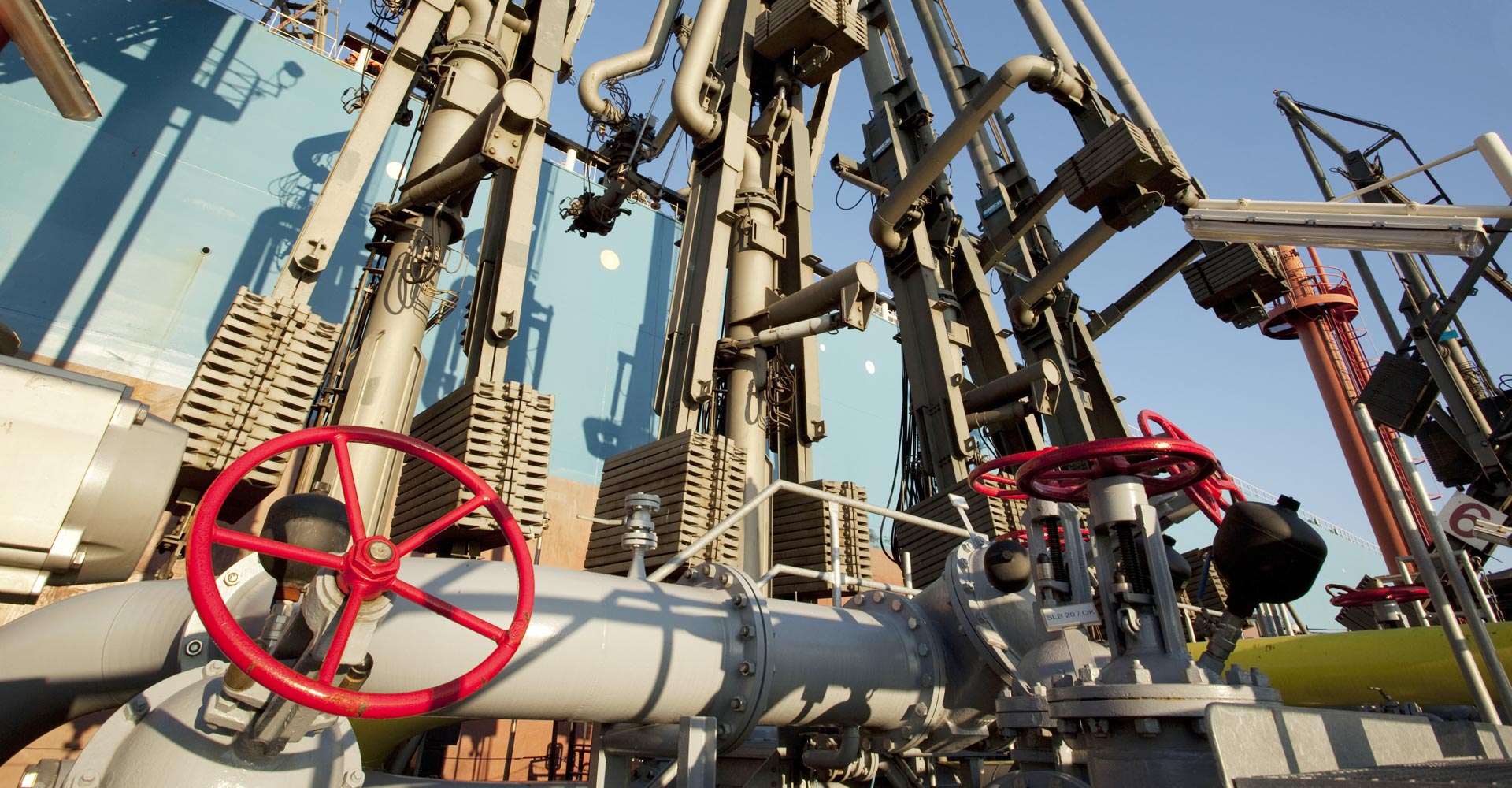Ethane
Definition
Ethane (chemical formula C2H6) is a colorless, odorless, combustible gas at standard conditions (temperature 0°C and pressure 1.01325 bar). It is in the alkanes substance group with the molecular formula CnH2n+2 (saturated hydrocarbons), and occurs as a trace gas in the atmosphere, i.e. in very low concentrations. After methane, ethane is the main component of natural gas, and is also found in marsh gas. Because of its molecular structure – which consists of two combined methyl groups – ethane is also sometimes called bimethyl or dimethyl. In refrigeration and climate-control technology, ethane is also known as R170.
Use/Applications
Because of its good combustibility, ethane is also used as a component of natural gas for heating (calorific value: 47.486 MJ/kg). In the main, however, the saturated hydrocarbon is used as a chemical building block for the production of ethene (C2H4, also called ethylene), the world's most important petrochemical feedstock. The conversion takes place in a “steam cracker.” The ethane gas, or mixtures of gas containing ethane, is mixed with steam and heated to temperatures of 900°C and over. Long-chain hydrocarbons are broken down into shorter ones at high temperatures, and saturated hydrocarbons such as ethane are converted into unsaturated ones. If pure ethane is fed into the steam cracker, the ethene yield is particularly high. On the other hand, mixtures of long-chain hydrocarbons also produce a large number of other compounds with a significantly lower ethene content. Most of the ethene obtained is used to produce the widely used plastic, polyethylene (PE). Other intermediate products obtained from ethene are ethylene oxide, ethylene dichloride, and ethylbenzene.
In coolant technology, ethane can also be used as a coolant in refrigerators and air-conditioning systems. Commercially negligible quantities of the liquid gas are used in science to prepare water-rich samples for electron microscopy. Very cold liquid ethane allows them to freeze to -150°C so quickly that the water cannot crystallize, thus preserving biological cell structures that would otherwise be destroyed by ice crystals.
Properties
With a density of 1.355 grams per liter, the gas is slightly heavier than air at standard conditions. At concentrations of between 3 and 12.5 vol.%, ethane forms an explosive mixture with air (flash point: -135°C, ignition temperature: 515°C). For pure oxygen, the limits of the explosive mixtures are between 3 and 66 vol.% of ethane. The gas is regarded as practically nontoxic, but in very high concentrations it can lead to headaches, nausea and vomiting. At temperatures of -88.6°C and above, ethane is liquid at ambient pressure; from -182.8°C it becomes solid. The gas dissolves poorly in water, but well in alcohol (ethanol).
Production/Occurrence
On an industrial scale, ethane is extracted from natural gas and coal liquefaction, and is a by-product of the processing of crude oil. Depending on the gas field, the ethane content in natural gas varies from 0.6 vol.% (primarily natural gas of Russian origin) up to 7.7 vol.% (natural gas from the North Sea). The most efficient process for obtaining pure ethane from natural gas is the liquefaction of the gas. This involves precooling the natural gas until shortly before the liquefaction point of ethane, and then suddenly expanding it using a turbine. This results in a temperature of about -100°C at which ethane and heavier hydrocarbons liquefy, while methane remains gaseous. Further distillation steps can then be used to separate the remaining natural gas components into groups of identical materials. More than 90% of ethane contained in natural gas can be recovered in this way.
Status: December 2016
All information subject to change. Errors and omissions excepted.

